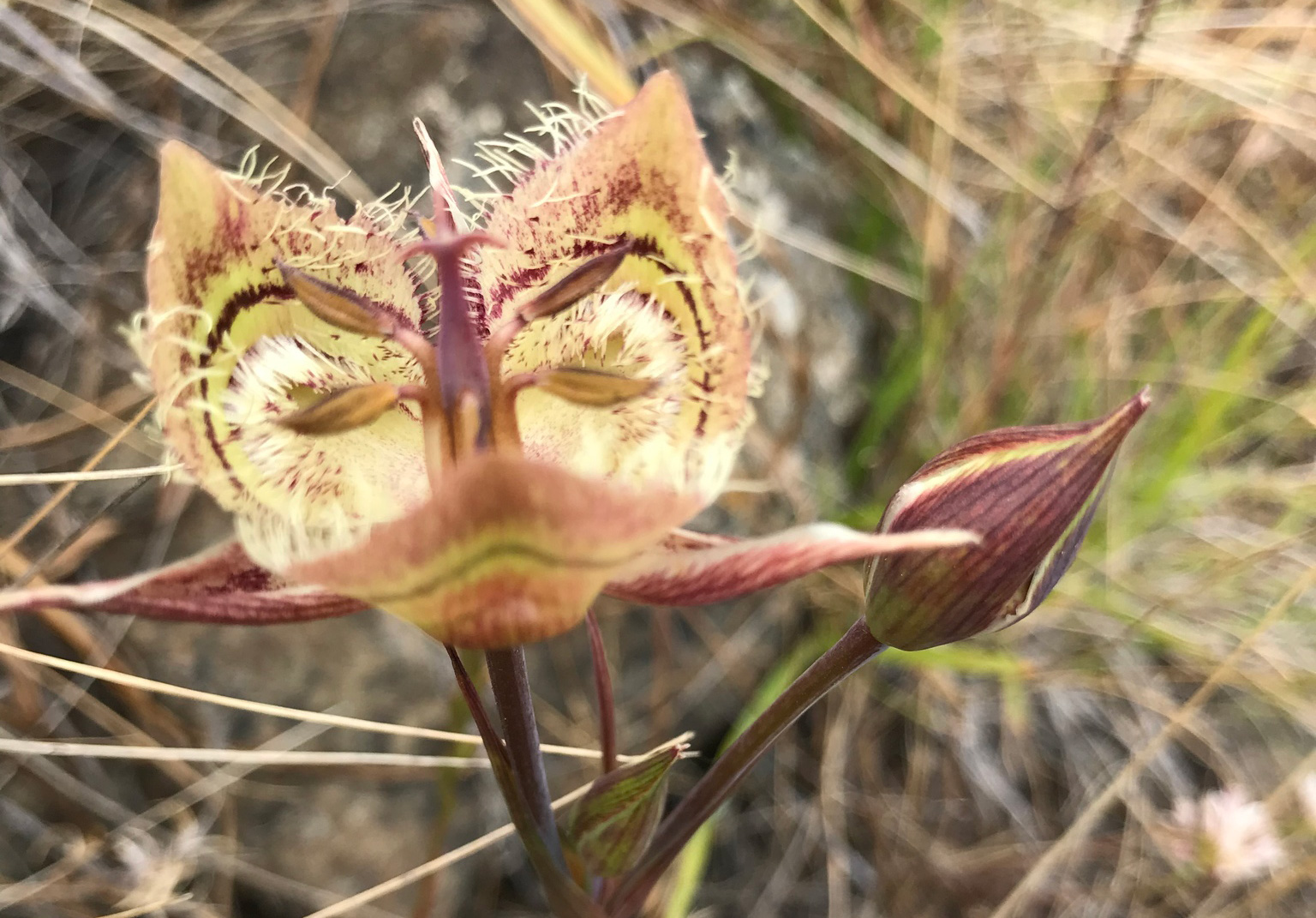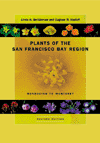When Spanish explorers first saw the San Francisco Bay in 1769, they found a land cloaked largely in perennial grasses. But the extirpation of the native elk herds that grazed the land, the introduction of cattle, and the incursion of European annual grasses abruptly and dramatically transformed the landscape into the familiar green hillside carpets that turn into brown thickets in summer. Today’s grasslands, altered as they are, still produce some beautiful wildflowers, lots of wildlife, and if we look closely, remnants of the native bunchgrasses of yore, which can be enhanced with careful management. The parks of the East Bay hills are a good place to start looking for that mix of the grasslands of yesterday and today.
-150x136.jpg)



-150x150.jpg)
-150x150.jpg)
-150x150.jpg)
-150x150.jpg)
